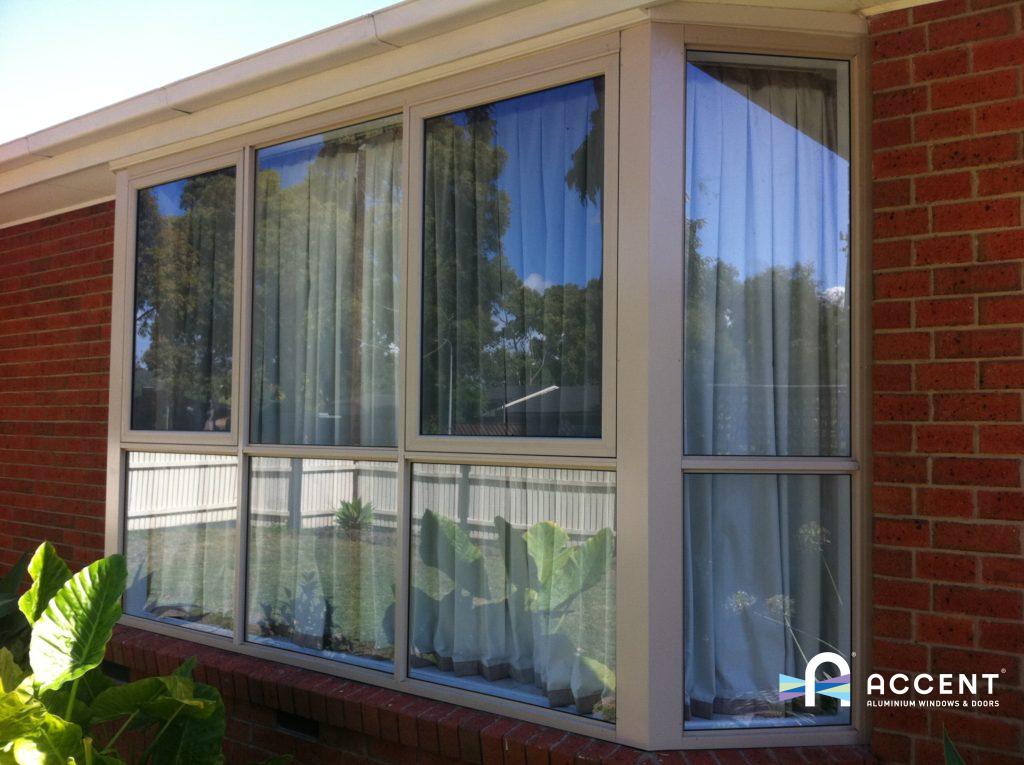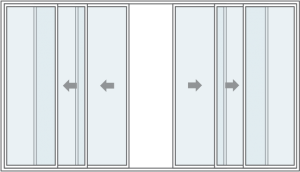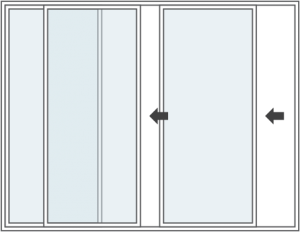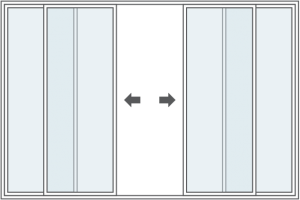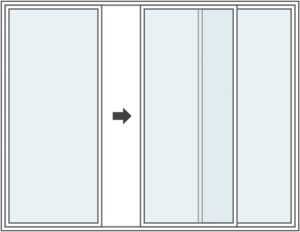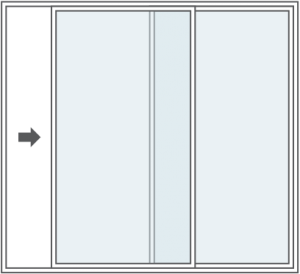Do you want to capitalise on natural light in your home?
Homeowners often want plenty of natural light in their home, but when it comes to understanding how orientation impacts the amount and type of natural light, things can become a bit murky.
In this guide we will run through the natural light you can expect from different orientations and what each means.
Why natural light is important
When looking to buy a house you might often read and hear about orientation. Real estate agents love to use “south facing” or “north facing” as buzzwords, so you can be excused for tuning the expression out.
However, outside of being selling points, these terms do dictate quite a lot when it comes to natural light infusion within a house and the amount of daylight you’ll be able to enjoy in outdoor spaces.
Natural light will also change the way you perceive a space and shift the way you use certain areas at specific times of the day – for example if you want a sunny spot to unwind with a book, or somewhere darker to use as a office with minimal screen glare.
It’s important to note that the type of natural light will vary from season to season and depending on the weather – which might impact your desired orientation. With smart design and the right windows in a space, you can create a solution that works for you.
What does north facing mean
North facing rooms have a consistent level of light throughout the day and are usually preferential as your main living areas.
Throughout winter northern facing rooms will receive good amounts sunlight, which can help make them warmer.
What does south facing mean
It’s no surprise that south facing rooms are the opposite of their north facing counterparts. South facing rooms are usually cooler, with less direct light throughout the day.
South facing rooms will be cooler throughout the year. To brighten a south facing room you can opt for a design that infuses light from other aspects throughout the day.
What does east facing mean
East facing rooms will be bright in the morning, and receive much less natural light in the late afternoon.
During summer east facing rooms will heat up early in the day, but be cool in the evening.
What does west facing mean
The opposite of east facing, west facing rooms will have low amounts of light in the morning and intense light in the late afternoon.
Afternoon light is often strong and penetrating, so west facing rooms are warmer in the evening and cool in the morning.
Choosing the right windows and doors for your space
Depending on the desired intensity and use for each of these spaces, you can choose windows and doors that accentuate or downplay the role natural light plays in the room. For established homes you can also refit and update your fixtures to suit your needs.
If you’re unsure what the best option for your space is – don’t hesitate to contact the friendly team at Accent Aluminium Windows & Doors for advice and custom solutions.

